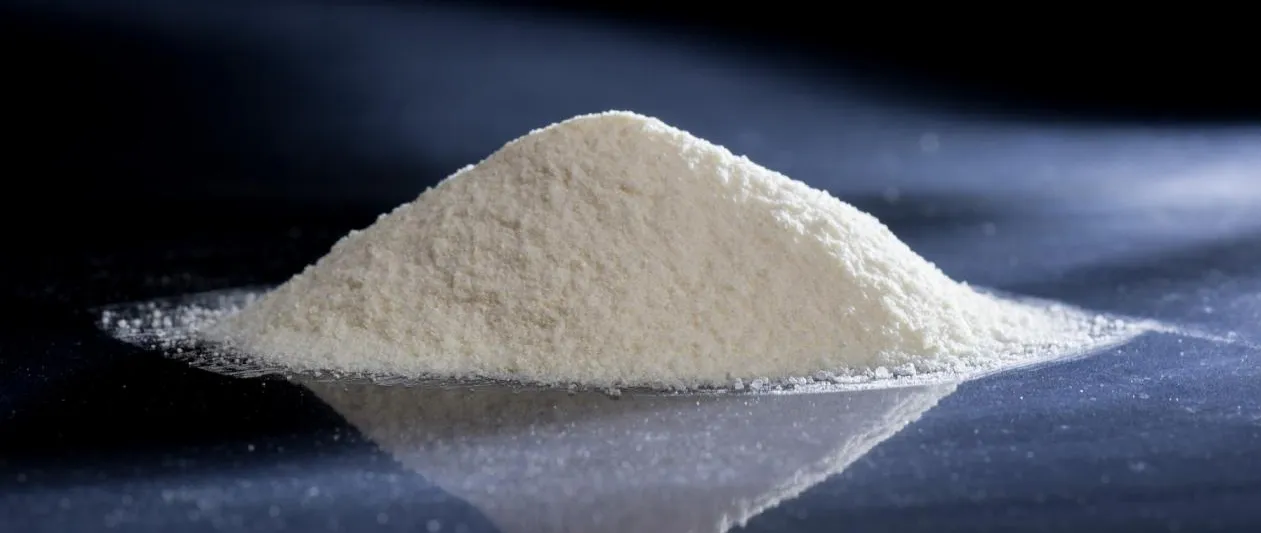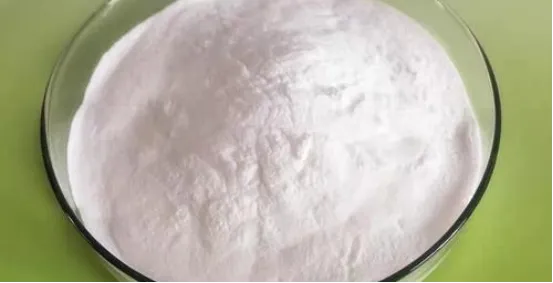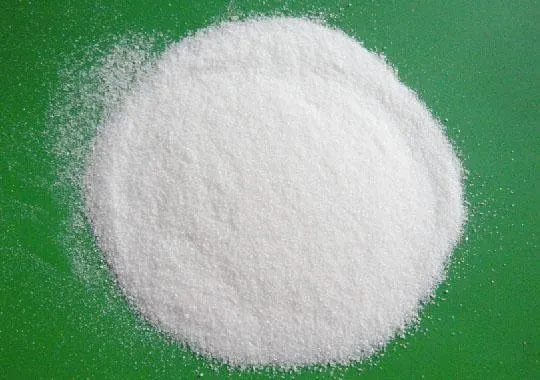
Understanding Different Types of Cellulose
Cellulose is a natural polymer found in plant cell walls, widely used in various industries due to its biodegradable and versatile properties. Different types of cellulose serve specific purposes in pharmaceuticals, food production, and industrial applications. This article explores some commonly used cellulose derivatives and their significance in manufacturing.

Common Types of Cellulose and Their Properties
One of the most widely used forms of cellulose is microcrystalline cellulose (MCC), a refined and partially depolymerized cellulose. It is commonly used as a binder in pharmaceutical tablets, offering excellent compressibility and stability. MCC is also found in food products as an anti-caking agent and a fat substitute, enhancing texture and stability.
Another important cellulose derivative is carboxymethyl cellulose sodium (CMC-Na). This water-soluble polymer is known for its thickening, stabilizing, and emulsifying properties. It is widely applied in food, cosmetics, and pharmaceuticals, where it enhances the viscosity of liquids and stabilizes formulations. Additionally, CMC-Na is used in textile and paper industries to improve fiber bonding and surface coating.
2 hydroxyethyl cellulose (HEC) is another modified cellulose type, primarily used in paints, cosmetics, and personal care products. Its ability to form thick gels makes it valuable in industrial applications such as adhesives and coatings. HEC is also used in oil drilling fluids to control viscosity and fluid loss.

Industrial Uses and Manufacturing of Cellulose Products
In many industrial processes, powder cellulose is a preferred form of cellulose due to its high absorbency and binding properties. It is used as a filler in pharmaceuticals, as a dietary fiber supplement in food, and as a thickener in industrial applications. Due to its inert nature, powder cellulose is often included in formulations where stability and uniformity are required.
Manufacturers also produce cellulose acetate, a derivative used in making film, coatings, and textiles. It is widely applied in producing eyeglass frames, cigarette filters, and photographic films. The role of cellulose acetate manufacturers is crucial in supplying industries with high-quality materials for various consumer and industrial products.
In conclusion, cellulose and its derivatives have diverse applications in multiple industries. From microcrystalline cellulose in pharmaceuticals to carboxymethyl cellulose sodium in food and 2 hydroxyethyl cellulose in industrial coatings, each form of cellulose offers unique benefits. With continuous advancements in cellulose processing, manufacturers play a vital role in ensuring these materials meet industry demands while maintaining sustainability.

-
Hydroxypropyl Starch as a Sustainable Construction AdditiveNewsNov.24,2025
-
The Gelation Properties of CMCNewsNov.21,2025
-
Redispersible Latex Powder and Water Retention CapacityNewsNov.21,2025
-
Dosage Control for Polycarboxylate Water ReducerNewsNov.21,2025
-
Film-Forming Properties of Polyvinyl AlcoholNewsNov.21,2025
-
The Function of Gypsum Additives in MortarNewsNov.21,2025





















